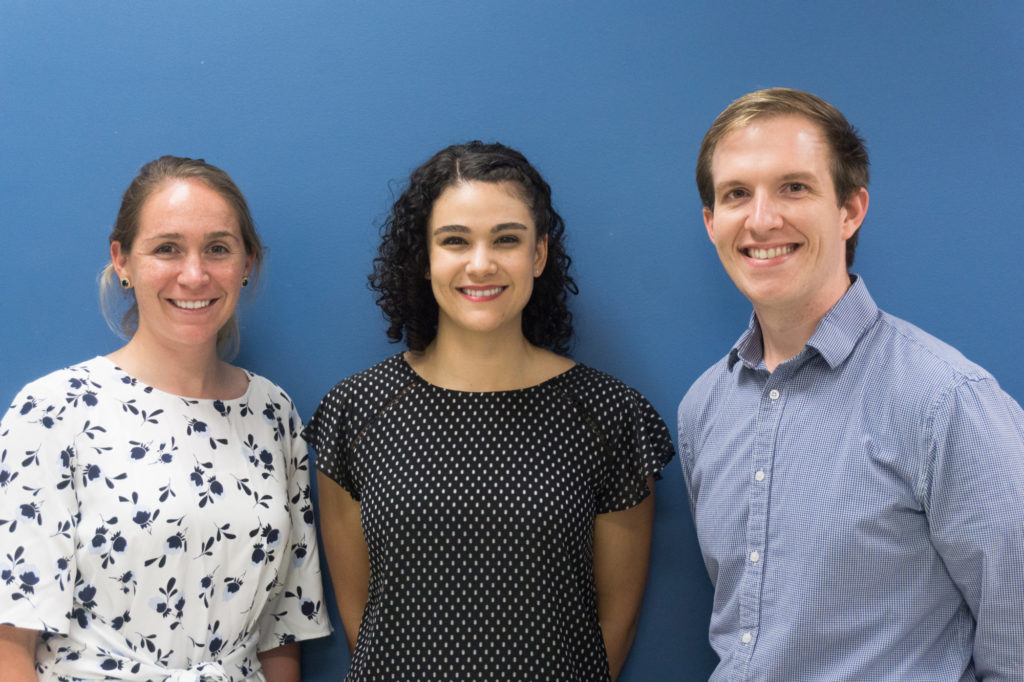Re-Imagining Humanism in Rehabilitation

What does it mean to be a professional? What is professionalism? How do we help to develop professional formation in students and clinicians? How do we develop ethically-engaged clinicians? Is professionalism part of best practice, and why?
Pitfalls and Pearls of Persistent Pain

As the subject of chronic pain and its treatment has become crucially important in today’s healthcare and rehabilitation environments, we offer the accounts of three physical therapists who have encountered patients with persistent pain and learned valuable lessons in the process. The article shows how a humanistic approach—involving factors such as trust, shared decision-making, and empathy—can add a psychosocial dimension to the treatment of chronic pain, and work to achieve more lasting results.
Use of a Patient-Educator to Train Doctor of Physical Therapy Students Regarding Sexuality and Disability

In this thought-provoking article, Cara Felter, PT, DPT, MPH describes a paired approach between a faculty member and an individual with a spinal cord injury to teach physical therapy students about sexuality and disability, and offer guidance for speaking with patients about this sensitive subject.
Commonality in Communication
ACAPT Consortium for the Humanities, Ethics, and Professionalism (CHEP) and JHR student essay contest finalist: Becky Mercuro, SPT shares her experience changing a patient’s outlook, and recovery, by speaking to her in her native tongue—not just about her condition and treatment, but also about her life and her “hope of healing.”
Unlocking Inner Joy
ACAPT Consortium for the Humanities, Ethics, and Professionalism (CHEP) and JHR student essay contest finalist: In this light-hearted account of meeting a former gymnast in the rehabilitation room of a nursing home, Mercedes Aguirre shows how listening to a patient’s story and finding common ground can boost results exponentially.

